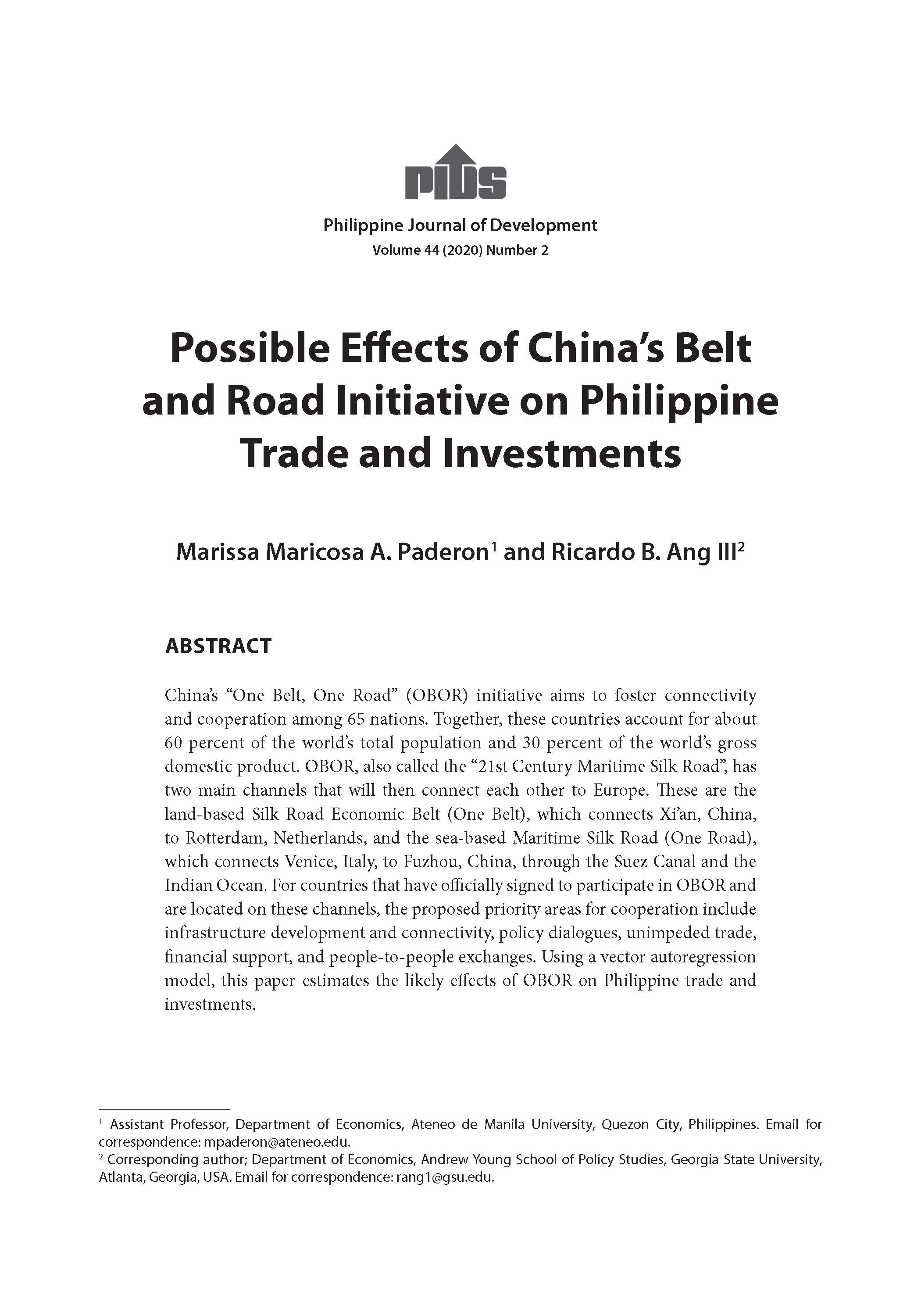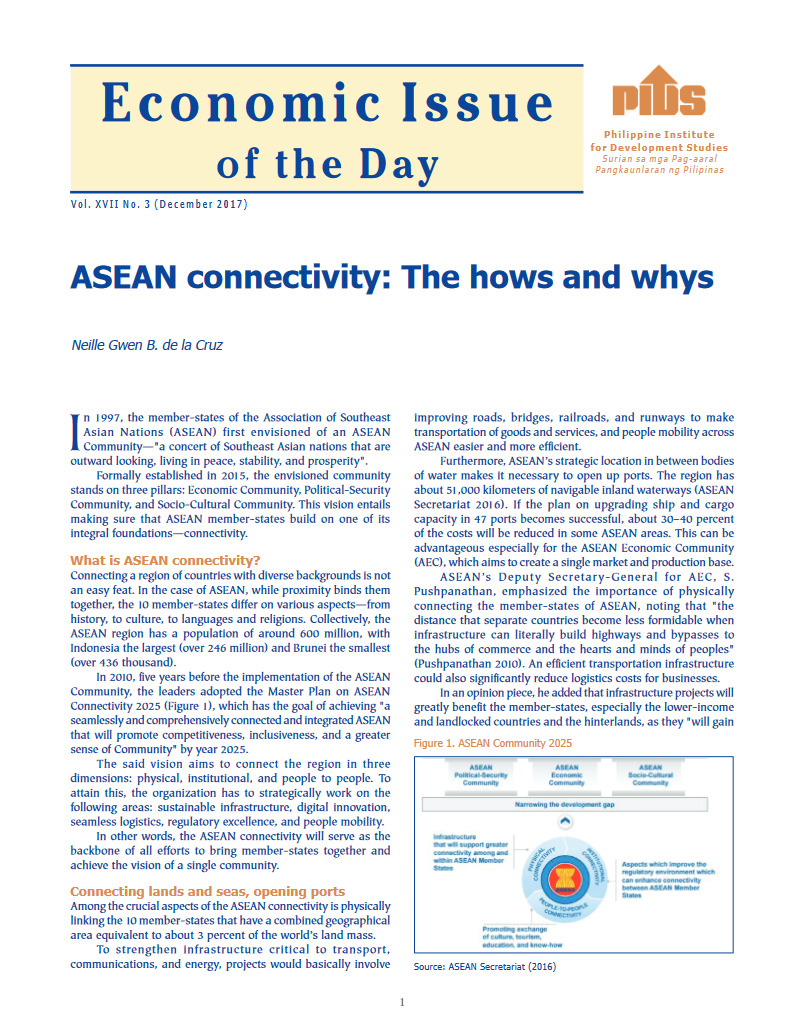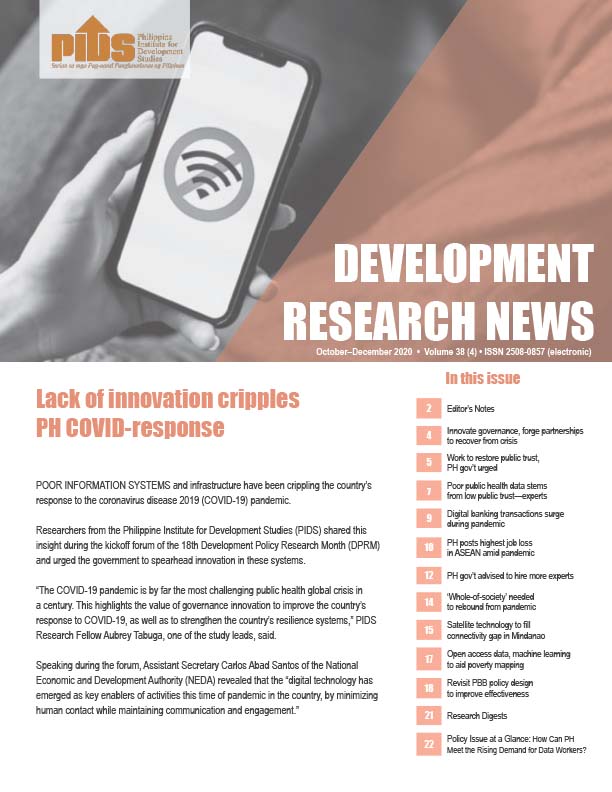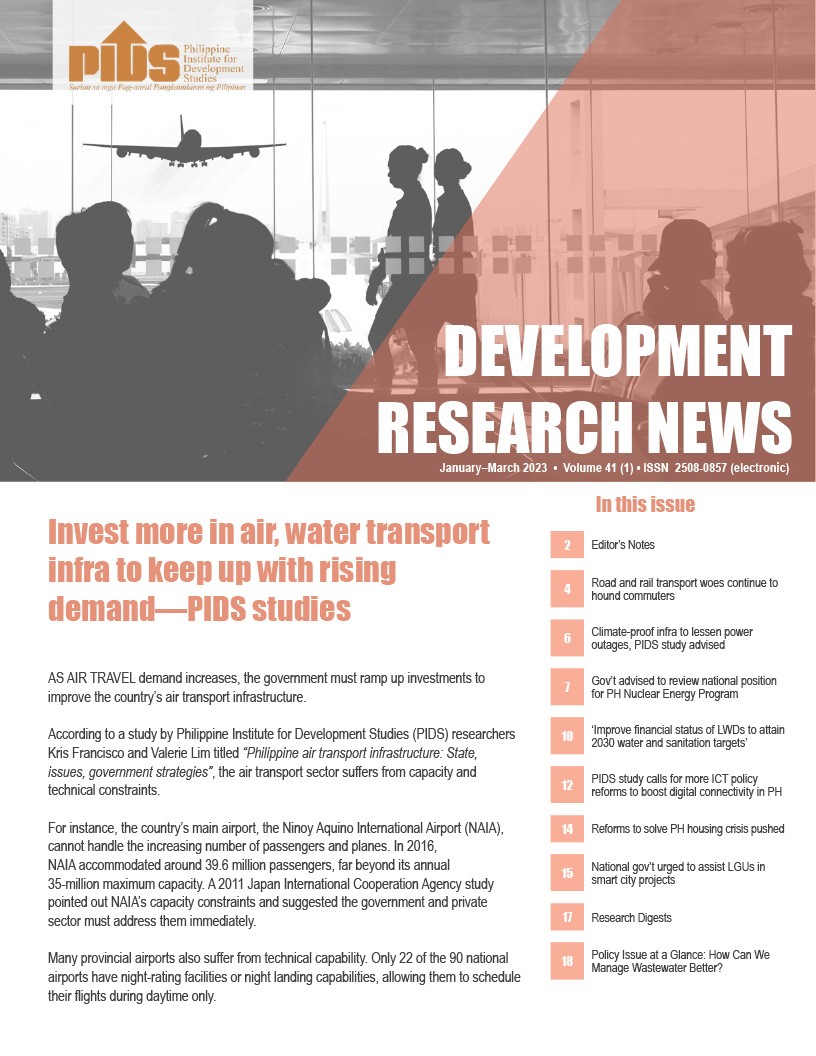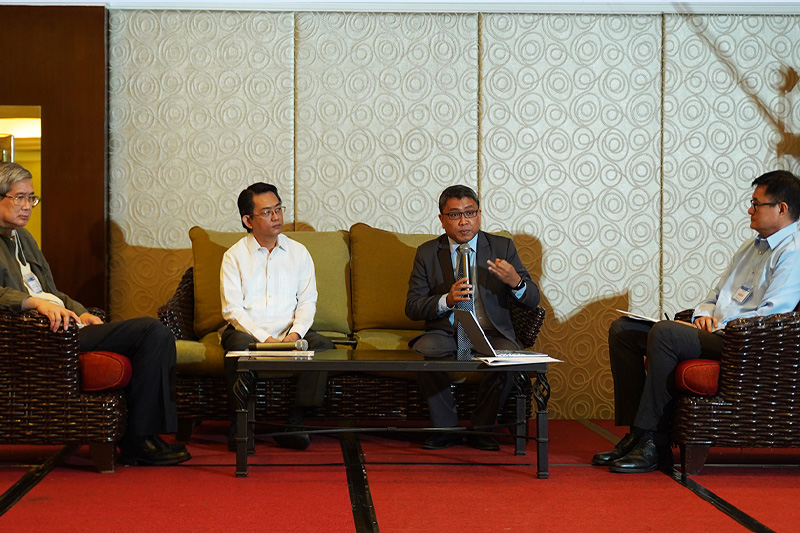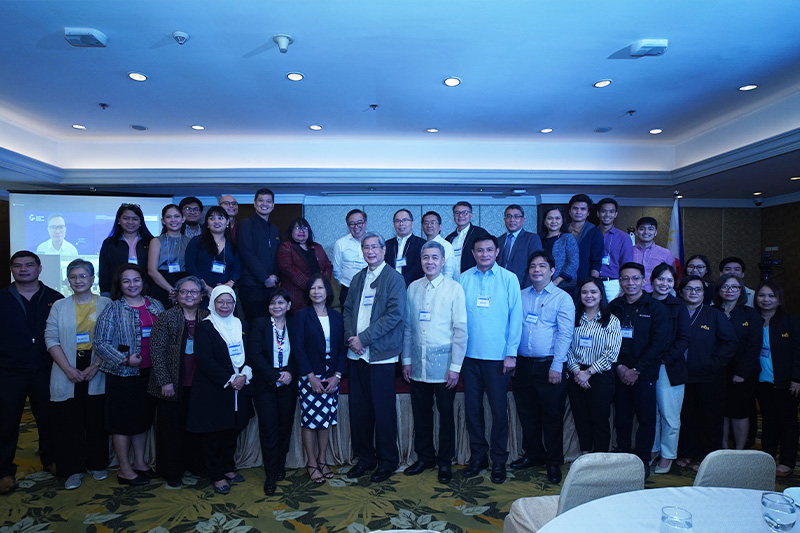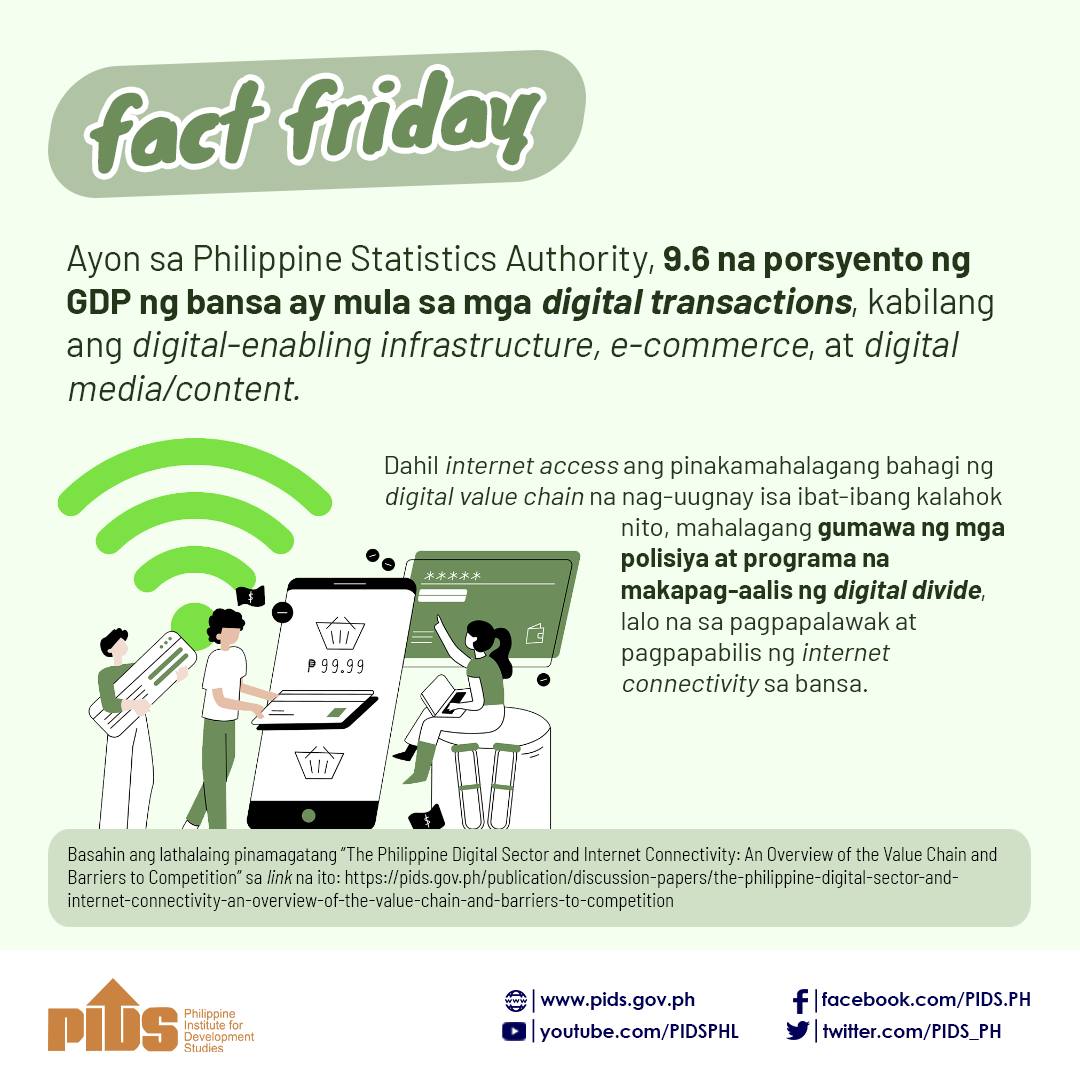China’s "One Belt, One Road" (OBOR) initiative aims to foster connectivity and cooperation among 65 nations. Together, these countries account for about 60 percent of the world’s total population and 30 percent of the world’s gross domestic product. OBOR, also called the "21st Century Maritime Silk Road", has two main channels that will then connect each other to Europe. These are the land-based Silk Road Economic Belt (One Belt), which connects Xi’an, China, to Rotterdam, Netherlands, and the sea-based Maritime Silk Road (One Road), which connects Venice, Italy, to Fuzhou, China, through the Suez Canal and the Indian Ocean. For countries that have officially signed to participate in OBOR and are located on these channels, the proposed priority areas for cooperation include infrastructure development and connectivity, policy dialogues, unimpeded trade, financial support, and people-to-people exchanges. Using a vector autoregression model, this paper estimates the likely effects of OBOR on Philippine trade and investments.

